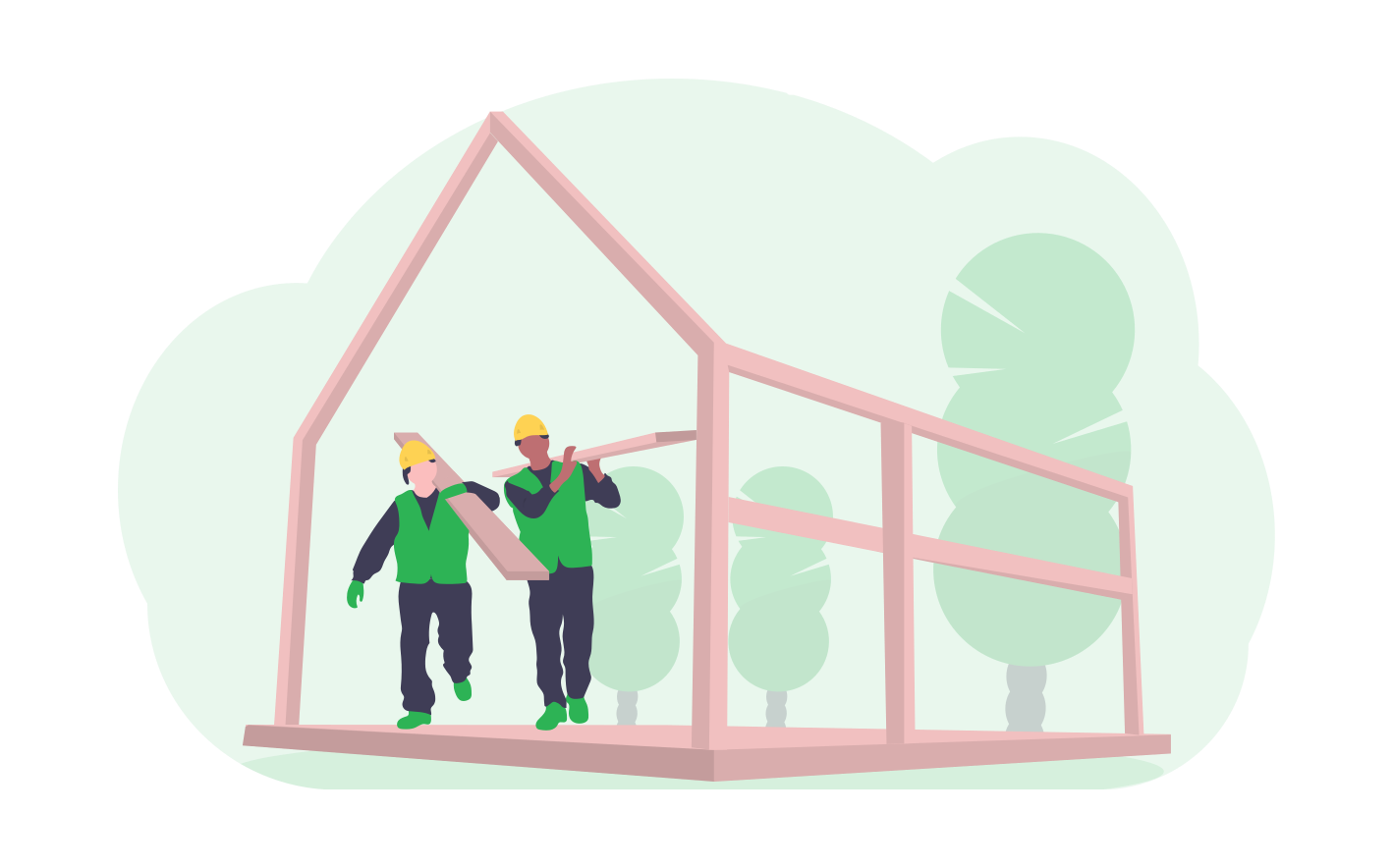
Product Update
Why we are building Tent - taking charity digital to the next level
by Chris Hall
Last month we announced that we were working on Tent, the platform we hope will take charity digital to the next level. As we continue on our product journey I'm going to be sharing some thoughts along the way.
In this post I'm starting with a simple question: why are we building Tent?
The answer is rooted in our experience building software for charities. Since Impact Box launched in 2016 we've worked with charities of all shapes and sizes. Working mostly with Salesforce, we've helped charities streamline processes and collect data they can use to track the impact of what they do.
This work, if done right, can be transformative. But these internal systems are only one piece of the puzzle. To maximise impact a charity needs to be utilising software across the board. We started Tent to provide charities with a platform they can use to extend digital beyond the back-office and into the core of what they do.
Digital beyond the back-office
Let's take charities who use volunteers as an example. They need to attract and retain volunteers to deliver at scale, and they also need to develop the knowledge and expertise of volunteers to guarantee the quality of what they do.
Digital can help in both areas and in my experience charities are aware of the potential. However, implementing a good solution is hard. Solutions tend to fall into one of two camps.
The piecemeal approach
First you have the piecemeal approach where a charity selects different tools to tackle individual needs. So they'll create an online form for applications, setup Eventbrite for managing event booking and create some public Google Drive folders for sharing resources. Even if you put aside the (considerable) pain of having to select the right tools, the fragmented nature of what you end up with can create a real headache. Ironically, it often means internal systems need to be developed further - at some cost - to draw all the data together.
More importantly, the experience of the volunteer is equally fragmented. They have to navigate across different platforms and tools just to do the basics of their role. This can be confusing and frustrating. It's also limiting for the charity because it places a ceiling on what they can do with their volunteers. If they want to connect them with each other or foster collaboration in a digital context they can't, at least not without adding yet another tool to the mix. Without a unifying touchpoint, it's harder to do some of the things that matter.
The custom build

In the second camp are those organisations who go in search of just such a unifying touchpoint. Enter the software developers and the bespoke platform they are responsible for building. The problem or challenge with this approach is simple: it's expensive and the quality of the outcome is uncertain. This is not to say it can't work, but sadly in my experience these projects fail far more often than they succeed.
Interestingly the concern about cost is not just confined to the completely bespoke. It's also true of the off-the-shelf or semi-off-the-shelf options that present themselves as configurable to your needs but in reality require so much adaptation or integration with your other systems that costs rapidly spiral. Not to mention you often end up paying licence costs that aggressively scale with the number of users. Charities end up paying the price for the fact that the software they are using is rarely designed with them in mind.
When the cost of development is high and budgets are tight, quality suffers. The outcome ends up being uncertain because things get ignored or dropped in the development process. Unfortunately, these often tend to be things that are crucial to success. Things like how it looks and feels, whether it works seamlessly across all devices and whether it complies with accessibility standards.
In my view the two rocky paths volunteering organisations find themselves choosing between illustrate a broader truth in the charity sector, namely that we're some way away from fully reaping the rewards of the digital revolution, particularly when it comes to the outward-facing stuff that is ultimately the reason most charities exist. I've centred this piece around the volunteer example, but exactly the same challenges apply when a charity wants to build a platform or app for service users or members.
A different path

The central premise of Tent is that it doesn't have to be like this. There are thousands of charities across the UK working on different causes in very different ways. But if you were to unpick all of the requirements around digitally engaging those they work with across the sector you'd find a core set of needs cropping up again and again.
If I've learned anything over the last five years, it's that unique organisations rarely require completely unique solutions. And with modern web technology it's possible to build a platform that can be customised to suit specific needs without compromising on simplicity and ease-of-use, particularly if that product is built with the overall needs of the sector at its core (more on exactly how we're developing Tent to do this in my next piece).
It might be possible, but that doesn't mean it's easy. Nonetheless, we think the potential for a platform that solves some of these problems is worth every bit of the effort.
We've already been lucky enough to get feedback from charities on the initial features we've worked on and we're looking for more organisations to get involved in testing or join our pilot customer cohort at launch.
Want to see Tent up close and help shape its future? You can book a first look here.
You can also email us directly (hello@tentplatform.com) if you have any feedback or thoughts on this piece.